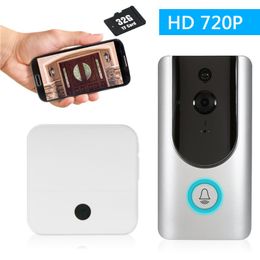

- T MOBILE POWER CHIME SILENCE INSTALL
- T MOBILE POWER CHIME SILENCE VERIFICATION
- T MOBILE POWER CHIME SILENCE FREE
T MOBILE POWER CHIME SILENCE FREE
Scam Shield also allows some T-Mobile subscribers to create a free extra proxy phone number, which is handy for giving to any service requiring such info that you’re uncomfortable sharing your real number with. The premium version includes extra features most people don’t need, such as block lists, which you can set up in your phone’s operating system for free. T-Mobile Scam Shield ( Android, iPhone): Scam Shield blocks calls or tags calls as spam for free, and the default settings should work for most people.Once the app is installed, tap the Block tab and then select Spam Risk and enable blocking. Be careful to select the free plan, not the default paid plan.

T MOBILE POWER CHIME SILENCE INSTALL
After you install the app, enter your phone number to get a PIN, and then follow the prompts to activate call blocking on your phone.

You can pay more for an enhanced caller ID and reverse number lookup, but that’s unnecessary for most people. AT&T Call Protect ( Android, iPhone): AT&T’s call-blocking app is free for most accounts.
T MOBILE POWER CHIME SILENCE VERIFICATION
New regulations from the FCC issued in May 2022 require the same verification technology deployed last year to be applied to calls coming from abroad. And since mid-2021, carriers from AT&T to Comcast have been required to implement new technology meant to verify call origins and cut down on these spoofed numbers-but the 15% to 20% drop estimated by the YouMail Robocall Index in the past year isn’t a dramatic change. One sign the FCC is looking to rein in robocallers came in March 2021, when the agency fined two Texas-based telemarketers $225 million. The TRACED Act increased the fine on spam robocallers from $1,500 to $10,000 per call, and more important, it requires phone companies to improve their call-authentication technology to weed out scammers before your phone even rings. Laws passed with the aim of curbing illegitimate robocalls go way back to the Telephone Consumer Protection Act of 1991 and cropped up most recently, in 2020, in the form of the Telephone Robocall Abuse Criminal Enforcement and Deterrence Act. There are so many robocall scam variations that the Federal Communications Commission keeps a glossary of different iterations. This category includes everything from the aforementioned car-warranty scam to kidnapping scams. Scam calls: When a live person calls and tries to defraud you in some way, that’s a scam call.In some cases, such as the auto-warranty call, you’re asked to press a button to connect to a live person, who then attempts to scam you. This category includes calls such as a sketchy auto-warranty call, student-loan scams, or a call that went out during the presidential election telling people not to vote (subscription required to read article). Illegal robocalls: Illegal robocalls include many prerecorded messages you didn’t sign up to receive.Everyone gets legitimate robocalls from doctor’s offices confirming appointments, political campaigns looking for votes, debt collectors pursuing money, charities contacting prior donors, or schools making announcements. Legal robocalls: Legal robocalls are automated calls for notifications, services, or sometimes bills.

Such calls are annoying but generally not fraudulent.


 0 kommentar(er)
0 kommentar(er)
